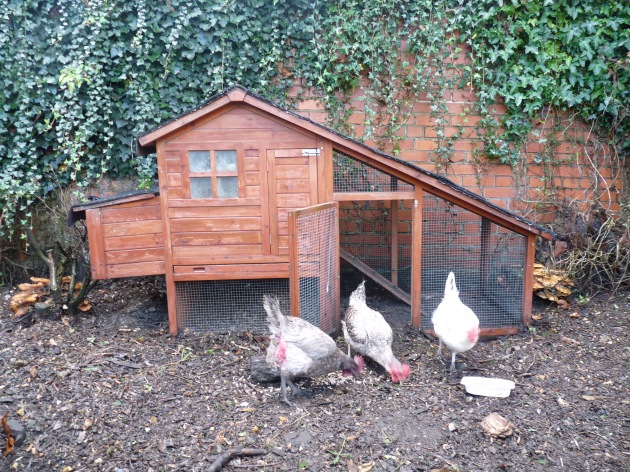
Birds feature heavily at the British Christmas table.
The Victorians always carved goose at Christmas, but later ate turkey when Charles Dickens wrote about it in A Christmas Carol, adopting it from the New World (America).
“Christmas is a-coming, the goose is getting fat… Please put a penny in the old man’s hat… If you haven’t got a penny a ha’penny will do… If you haven’t got a ha’penny then God bless you!“
A few years ago celebrity chef Hugh Fearnley Whittingstall featured his 10-bird roast. Multi-bird roasts are different types of birds each stuffed inside a larger one, and the more birds involved the better.


Whittingstall was harking back to Tudor times when stuffing birds this way was fashionable. Or a different bird was eaten each day of the 12 days of Christmas (the 12 days between 25th December and the 5th January – the eve of Epiphany or Kings Day)
” 7 swans-a-swimming – 6 geese-a-laying – 4 calling birds – 3 french hens – 2 turtle doves and a partridge in a pear tree”
Since then the 3-4-5-7-10-12 bird roast has made a big come back – there is a very interesting article about it in: The Mail Online
However the most popular bird at Christmas in the UK is still Chicken – possibly because it is the cheapest yet tastiest – and the bird of choice with British Hindus, who marinade it in spices for days for slow roasting it.


As always, informative and now I know 😊Thank you!
LikeLiked by 2 people
I couldn’t really ‘like’, since I’m a vegetarian, but it was nice to see a picture of your girls. Mine are out ‘enjoying’ the fog even as I type.
LikeLiked by 2 people
I gave them away but really miss them. Yes that mist – the foghorns have been going off all day!
LikeLiked by 2 people
I didn’t know about the chicken
LikeLiked by 2 people
Been trying to get the recipe for years!
LikeLiked by 1 person
What a great post! The birds are so cute, and I love your hen house!
LikeLiked by 3 people
Gone to a farm now – those bare birds don’t look that cute though! Thanks for your comments.
LikeLiked by 2 people
Here, the favored combination is known as the turducken. You can figure out which three birds are involved! It’s a Cajun specialty, and usually on offer around the holidays in meat markets. There’s one market near me where they can be ordered. For a big family or big party, they’re fine, but that’s a whole lot of eating for our smaller groups.
LikeLiked by 1 person
Turducken with Cajun spices – sounds even better – will have to look out for that one
LikeLike
Very interesting post.
The only thing that I can think to add here is that the Dodo bird was famous for eating snakes, venomous or not, and small reptiles like salamanders.
The mother Dodo bird would go to a known snake area a good long way from the nest, and limp around for a while to attract attention, and then just stand there looking wounded. As a snake worked up it’s courage to approach, the Dodo, in a blinding fast move, snipped it clean into two pieces just behind the head. Then the snakes would depart the area.
As I have always loved birds and have always hated snakes, this story has stuck in my head for decades.
Unfortunately, the Dodo was hunted to extinction by the sailors decades ago, One; because they were good eating, and Two; sailors wrongly ascribed Dodo meat to increase their vigour (Yes, *that kind* of vigour) when in reality, eating any kind of protein-rich meat was what boosted their physical health, and such proteins were badly lacking during their long ocean voyages.
Cheers! JBS
LikeLiked by 2 people
That is a very interesting piece of information about Dodos and snakes – and of course they couldn’t fly so easier to catch too.
LikeLiked by 1 person